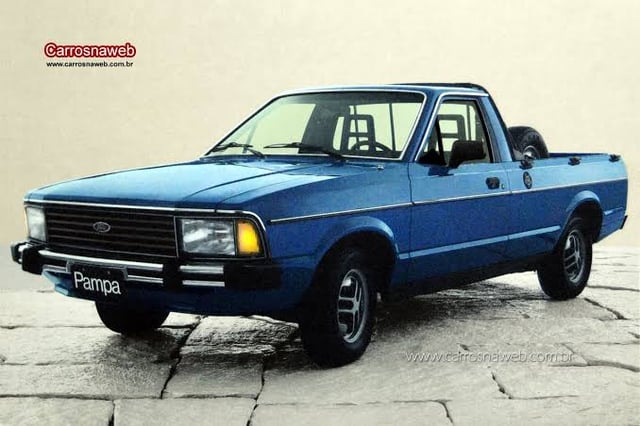
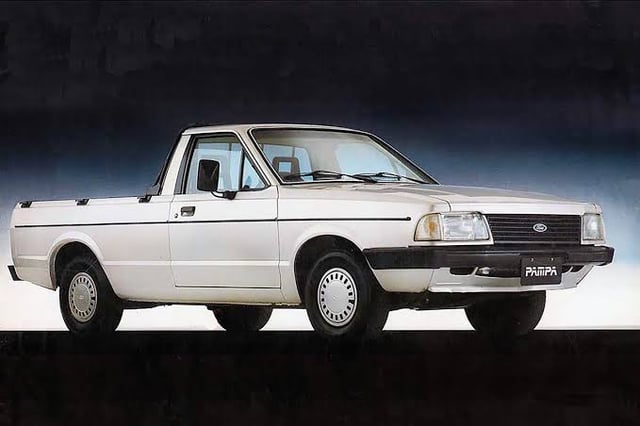
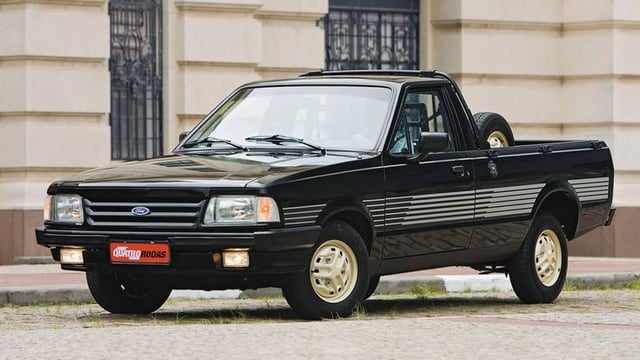
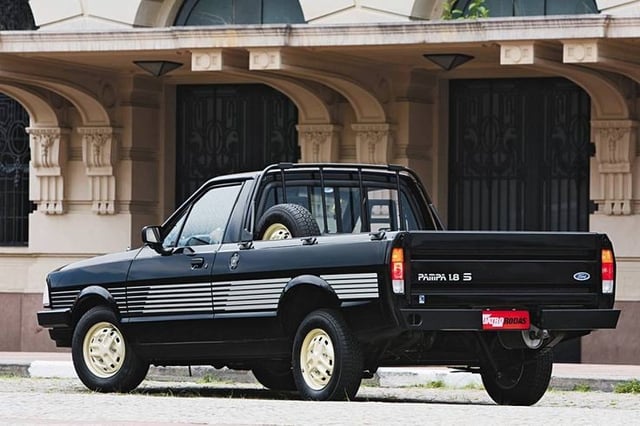
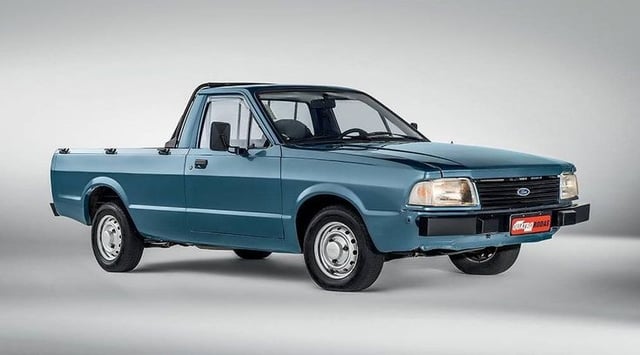
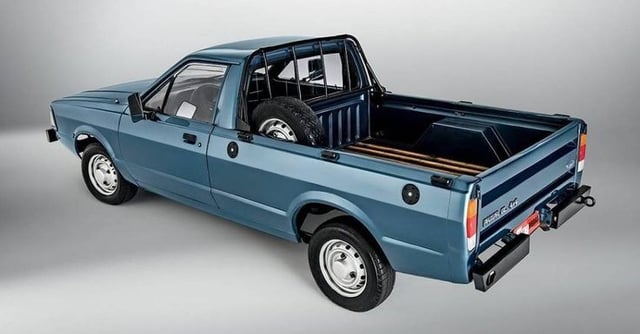
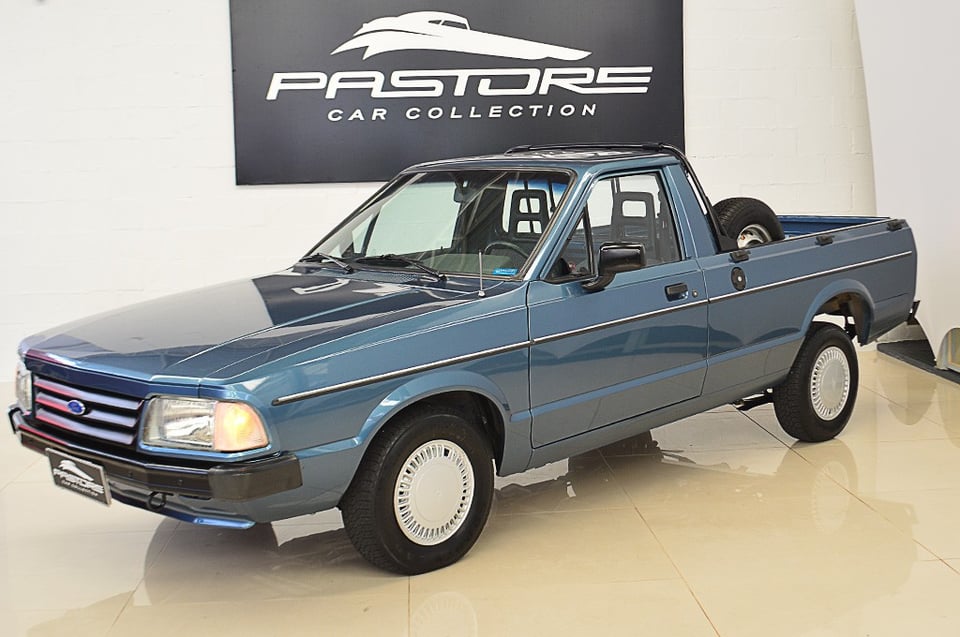
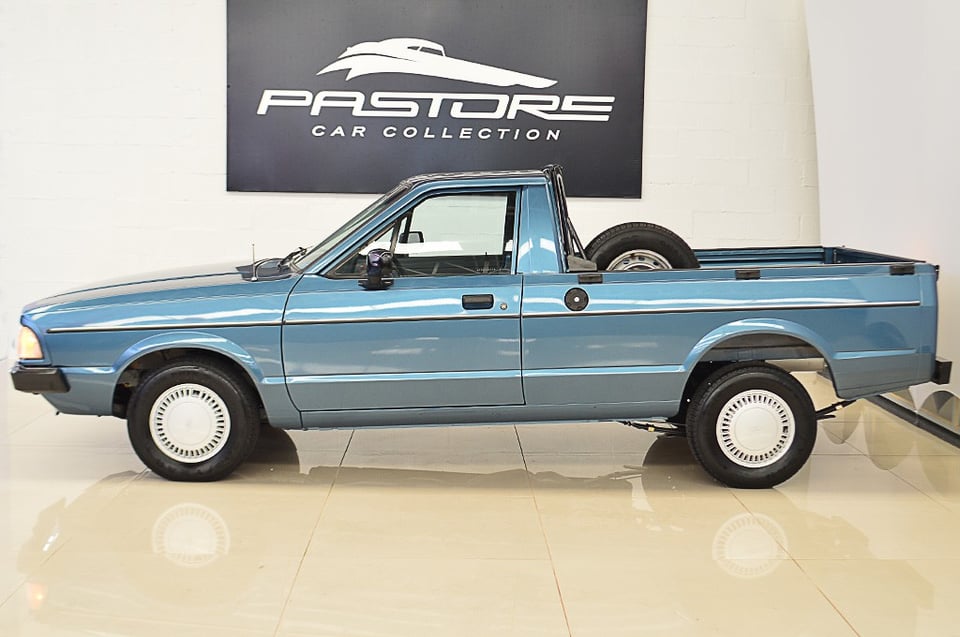
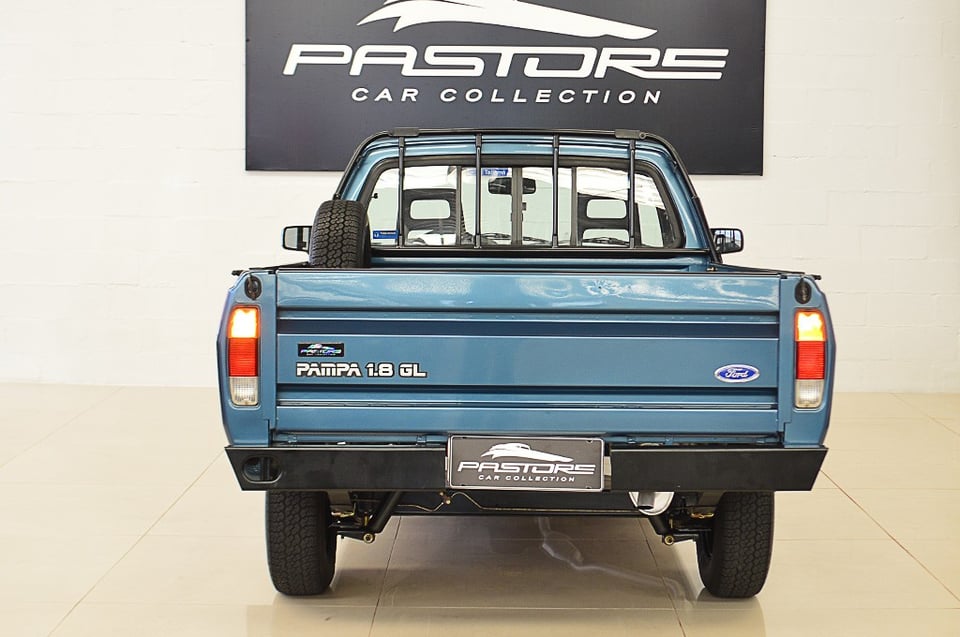
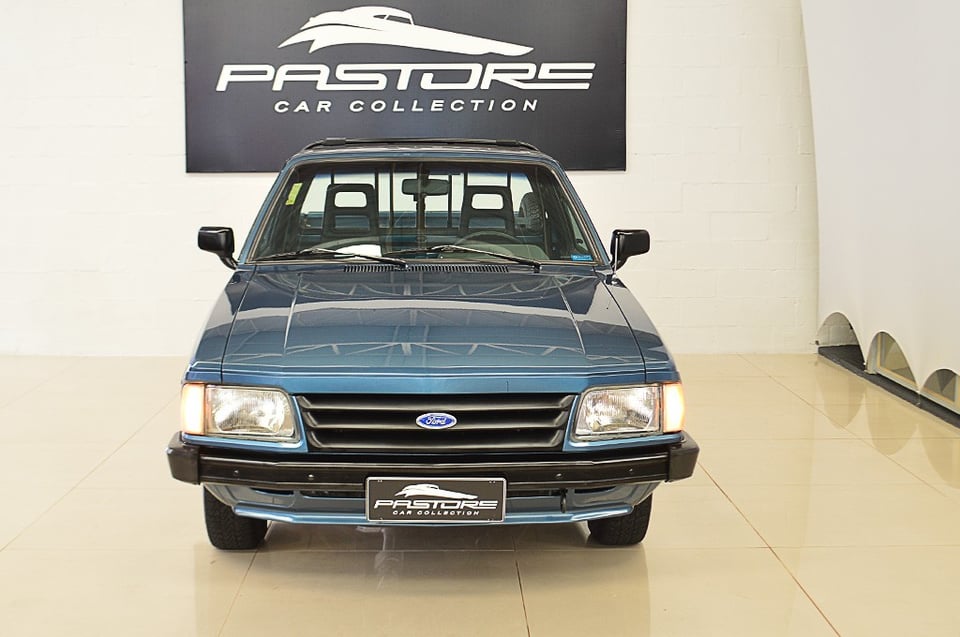
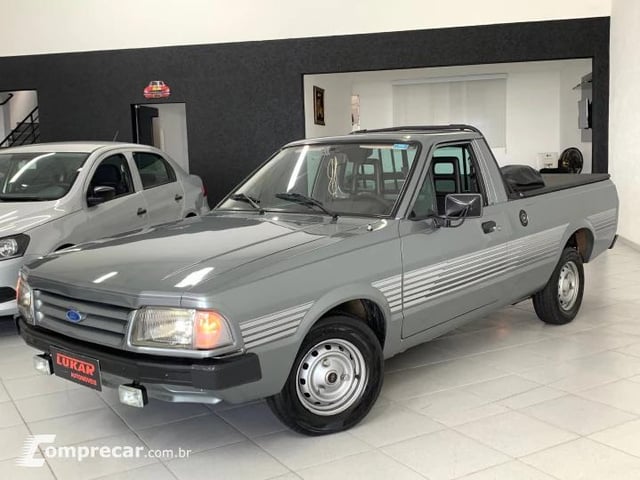
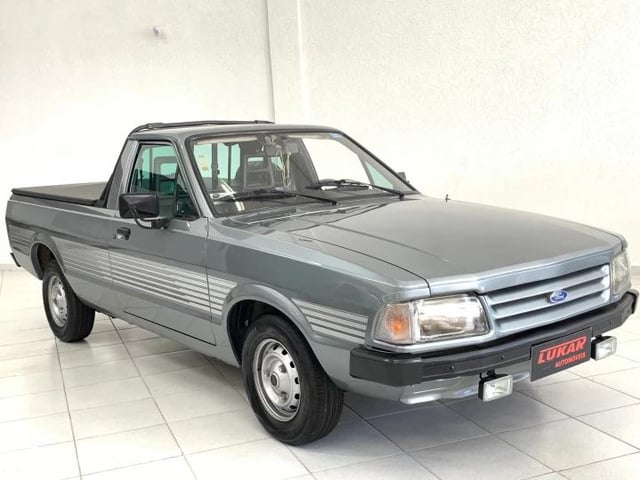
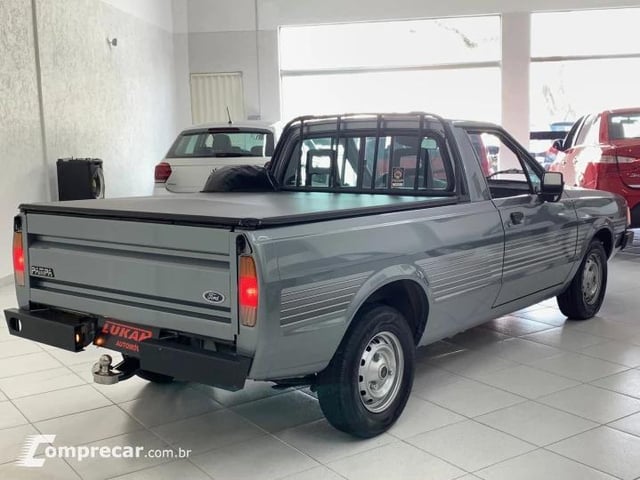
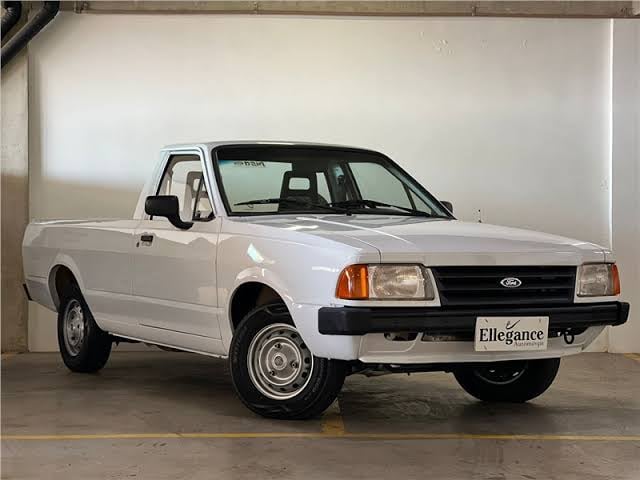
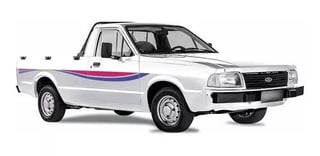
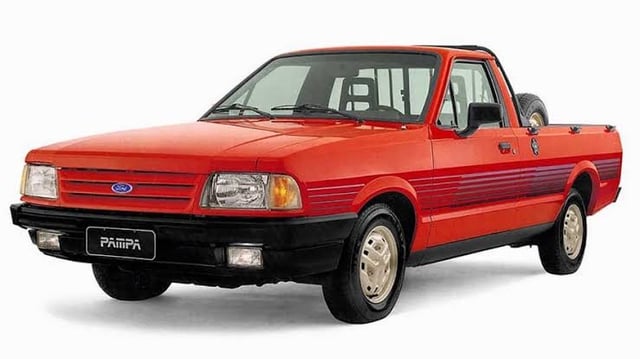
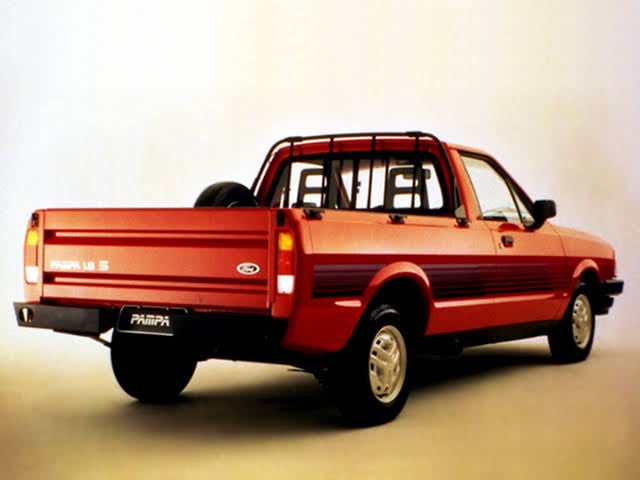
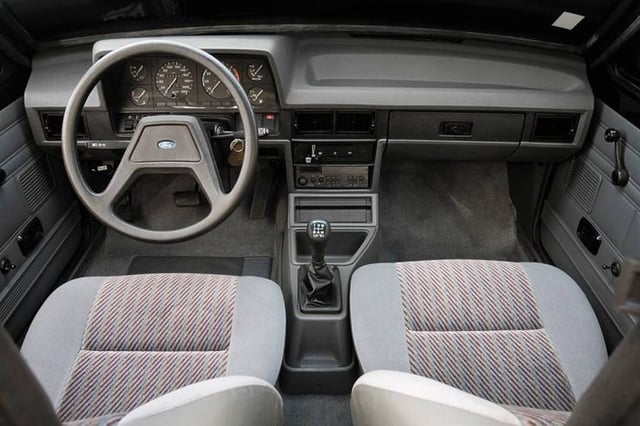
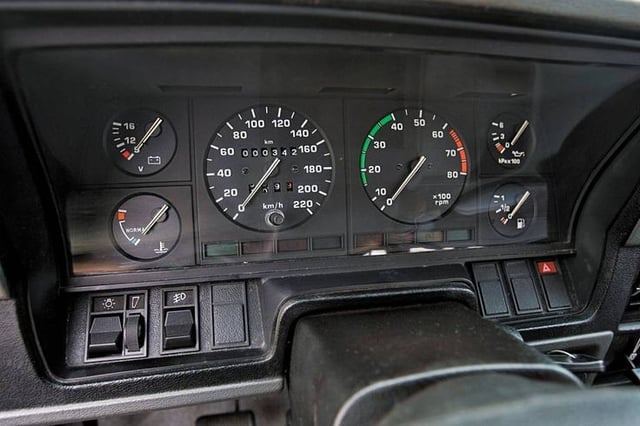
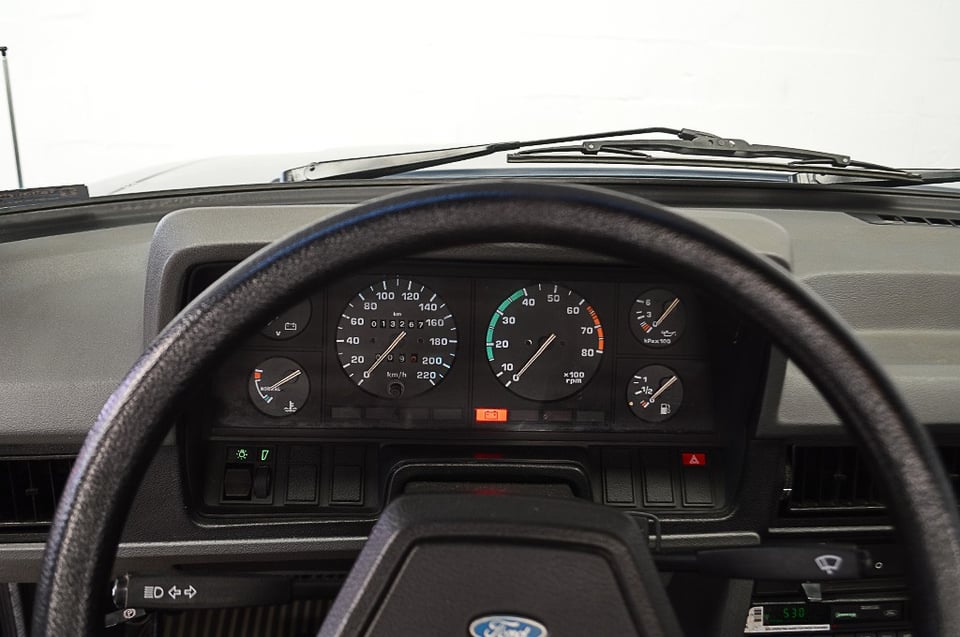
THE BEGINNING
With the growth of several urban centers in Brazil, several companies and merchants were increasingly looking for a cheap, compact and practical vehicle that was capable of moving through narrow streets and at the same time was capable of carrying loads without compromising the comfort of its interior.
Based on this information, Fiat took the lead with the small Fiat 147 pickup, inaugurating this new segment of compact pickups derived from a passenger car.
Seeing the huge demand for this type of vehicle, Ford began developing its first compact pickup. Among the main requirements for this pickup were that it should be robust and have a good load capacity, just like its large F-series pickups, but without losing the comfort of a passenger car.
After that, at the 1982 Auto Show, the Ford Pampa was presented. A small pickup derived from the Corcel II.
1982
The front of the Ford Pampa was exactly the same as the Ford Corcel II. On its sides, this pickup truck had details such as beautiful 13-inch wheels and a rubberized strip with a chrome strip that marked its entire side. Even though it used the same platform as the Corcel II, the Pampa had its wheelbase extended and its ride height increased, and its doors were the same as the four-door Ford Del Rey. At the rear, the Ford Pampa had the same vertical taillights as the Ford F-1000 and details such as a split rear bumper and a tailgate with rotating locks. Its enormous tailgate had details such as wooden slats on the floor, a support for tying down loads and a roll cage to protect the rear window. Inside, the Pampa was extremely similar to the Corcel II, making it as comfortable as a passenger vehicle, a sensation that was helped by the independent front suspension.
Another important detail to highlight was its rear suspension with a rigid axle and a beam of longitudinal semi-elliptical springs. With this robust suspension, the Ford Pampa could transport up to 600 kg or 1322.77 lbs of cargo in its bucket.
1984
In 1984, the Ford Pampa gained more power and performance with the introduction of the new 73-horsepower 1.6 CHT engine.
Another new feature for that year was the launch of the new 4×4 version. This version featured a new grille, a reinforced bumper with rubber protectors and tow hooks, wheels with freewheel hubs, a more simplified interior with a solid bench seat and a small lever next to the gear lever, which was responsible for activating rear-wheel drive.
And since the Pampa only had permanent front-wheel drive, this version lost the fifth gear to make way for a transfer case that was responsible for taking rear-wheel drive, via a cardan shaft to the rear differential. However, the cardan shaft ended up taking up too much space and the fuel tank was reduced in size. The alcohol version received an additional 40-liter or 10.56-gal tank, which is why the Pampa 4×4 has an extra nozzle for filling this auxiliary fuel tank.
All of these components increased the weight of the vehicle and to remedy this, Ford reduced the maximum load capacity from 600 kg to 440 kg or 970 lbs.
This version was a big failure, but not because of the reduction in load capacity but because this system could only be used for a short period of time in 4×4 configuration and always below 60 km/h or 37.30 mph, and many people forgot to deactivate the system after using it and ended up driving for long periods or above the permitted speed while it was engaged, causing wear and tear.
1986
1986
For that year, the Ford Pampa underwent a restyling that gave its front end the same appearance as the Ford Corcel II.
That same year, the special Pampa Roadstar series was launched The Pampa Roadstar incorporated several features that distinguished it from the other versions. Some of them included: Special Colors: It was available in exclusive metallic colors such as Paris Blue, Quartz Gold and Strato Silver. Style Details: Black moldings, locks and door handles, as well as decorative stripes on the sides. Interior Comfort: Individual reclining seats with headrests, upholstered in the same fabric as the Corcel L seats.
1987
In 1987, the Pampa Ghia was launched. A version that brought a touch of luxury and comfort to the pickup truck, with the same interior as the Ford Del Rey.
1988
In 1988, the only new features were the new three-color taillights.
1990
In 1990, the Ford Pampa benefited from the Volkswagen engine and gearbox thanks to the union of the two companies with the Autolatina joint venture in 1987.
Under the hood, the pickup gained more power and performance with the introduction of the new 1.8-liter AP engine that generated 92 hp.
1991
For the year 1991, the novelty was the new version with a sporty appeal called Pampa 1.8-S. Equipped with the 1.8 engine, this version featured details such as white painted wheels, side stripes, sliding rear window, front grille painted in the color of the vehicle and a black fairing below the front bumper.
1992
In 1992, the Ford Pampa received the same front grille as the Del Rey, consisting of three horizontal blades and new door mirrors.
1995
In 1995, the Ford Pampa 1.8-S gained new wheels and new side stripes.
1997
That year, the Ford Pampa ceased production to make way for the new Ford Courier.
PARTS OF THIS “SERIES”
PART 1 – FORD CORCEL AND BELINA:
PART 2 – FORD DEL REY:
SOURCE: https://youtube.com/@reliquiaautomotiva?si=-6At4kPLSU6LKPB9
by OriginalPapaya8







1 Comment
PARTS OF THIS “SERIES”
PART 1 – FORD CORCEL: https://www.reddit.com/r/WeirdWheels/s/kCuKbEtfgG
PART 3 – FORD DEL REY: https://www.reddit.com/r/WeirdWheels/s/ZWIn56klC5